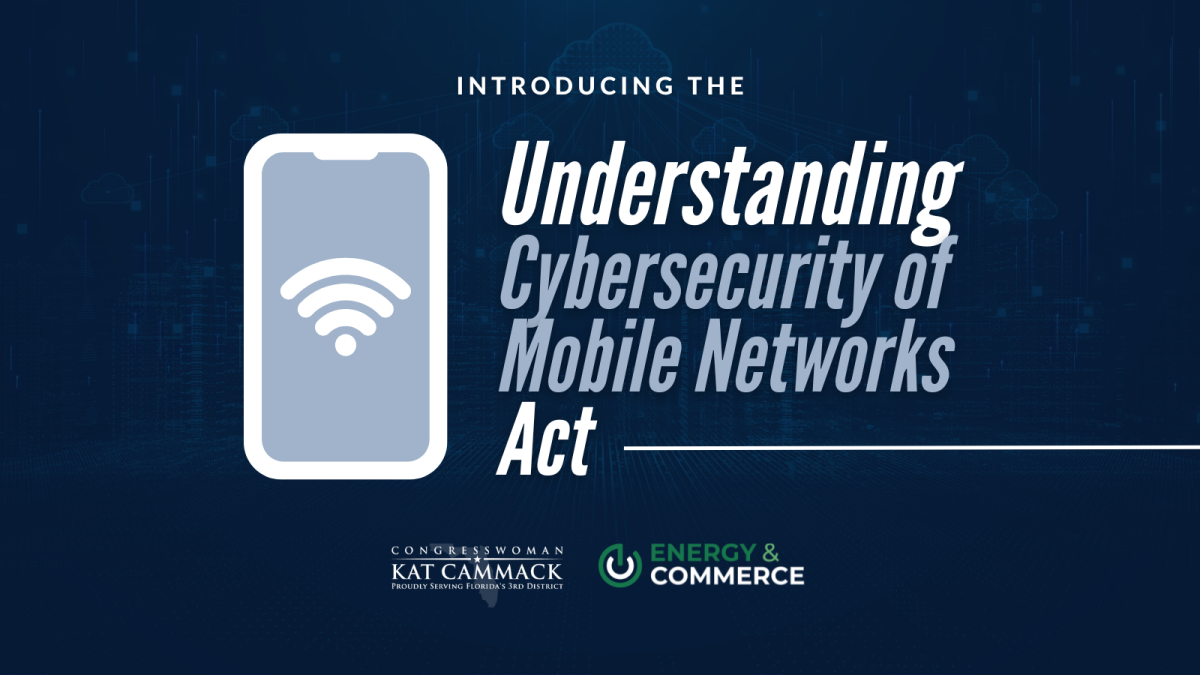Congresswomen Cammack, Eshoo Introduce Bill To Examine Cybersecurity Of Wireless Networks

WASHINGTON, D.C. – Today, U.S. Reps. Kat Cammack (R-FL-03) and Anna G. Eshoo (D-CA-16) reintroduced the Understanding Cybersecurity of Mobile Networks Act, bipartisan legislation that requires the National Telecommunications and Information Administration to submit to Congress a comprehensive report examining the cybersecurity of existing wireless networks (2G, 3G, and 4G) and vulnerabilities to cyberattacks and surveillance by adversaries.
"I'm glad to join Rep. Eshoo in introducing the Understanding Cybersecurity of Mobile Networks Act. With sophisticated mobile networks and high traffic occurring every day, it's critical that policymakers understand the landscape of these technologies and their vulnerabilities. We’re working to protect the privacy, data, and security of the American people while ensuring continued innovation for the wireless networks we rely on for our lives and businesses," said Rep. Cammack.
"I'm proud to introduce the Understanding Cybersecurity of Mobile Networks Act to give policymakers a better understanding of the state of the cybersecurity in our wireless networks. Most of our calls, texts, and data traverse on 2G, 3G, and 4G networks and we lack a full picture of the vulnerabilities across those networks that Americans use every single day. This bipartisan bill takes important steps to ensure our wireless networks are safe and protect the privacy and security of the American people," said Rep. Eshoo.
The Understanding Cybersecurity of Mobile Networks Act would require the National Telecommunications and Information Administration to examine and report to Congress within one year on the cybersecurity of mobile service networks and the vulnerability of these networks and mobile devices to cyberattacks and surveillance conducted by adversaries.
The report shall include (1) an assessment of the degree to which providers of mobile service have addressed certain cybersecurity vulnerabilities; (2) a discussion of the degree to which these providers have implemented cybersecurity best practices and risk assessment frameworks; and (3) an estimate of the prevalence and efficacy of encryption and authentication algorithms and techniques used in mobile service and communications equipment, mobile devices, and mobile operating systems and software.
###